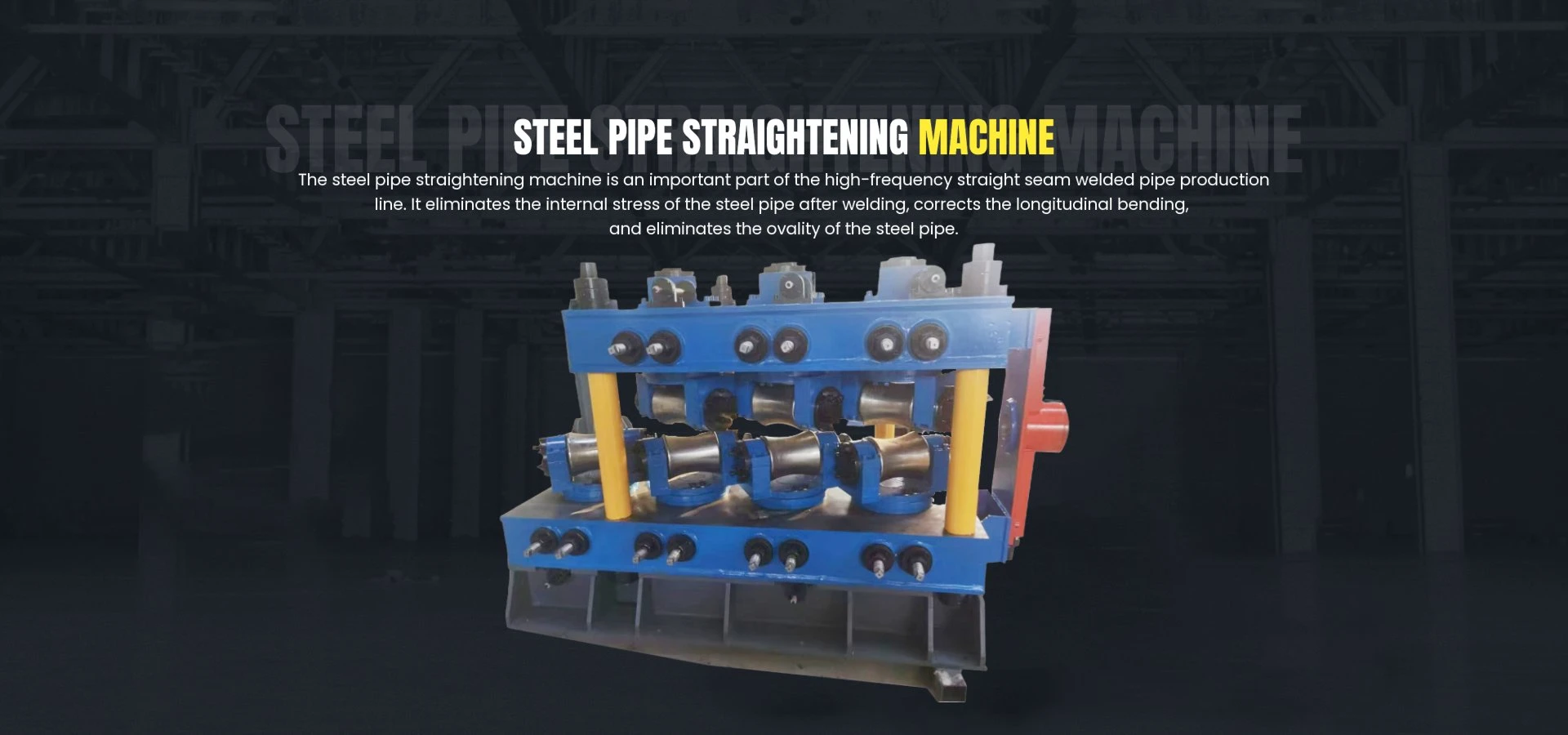Trapezoidal Sheet Metal Roll Forming Equipment for Efficient Production
The Trapezoidal Sheet Roll Forming Machine A Revolution in Metal Sheet Production
In the manufacturing sector, the need for efficient, precise, and versatile machinery is paramount. Among the various machines that cater to this requirement, the trapezoidal sheet roll forming machine stands out as a significant advancement in metal sheet production. This machine is known for its ability to produce trapezoidal profiles, which are widely used in the construction, automotive, and industrial sectors.
Understanding Trapezoidal Sheet Roll Forming Machines
A trapezoidal sheet roll forming machine is designed to convert flat metal sheets into uniquely shaped trapezoidal profiles through a series of progressive bending operations. These machines are equipped with multiple rollers that gradually shape the metal sheet as it passes through, ensuring high levels of accuracy and consistency in the final product. The resulting trapezoidal sheets are characterized by their distinct trapezoidal shape, which enables them to interlock efficiently when assembled.
The Advantages of Trapezoidal Profiles
Trapezoidal sheets offer several advantages over traditional flat sheets. For one, their shape allows for better load distribution, making them ideal for roofing and wall cladding applications. The interlocking nature of trapezoidal sheets creates a sturdy and watertight structure, which is essential for buildings located in regions with heavy rainfall or harsh weather conditions. Additionally, the aesthetic appeal of trapezoidal sheets, with their sharp lines and modern look, makes them a popular choice in contemporary architecture.
Key Features of the Machine
1. Versatility Trapezoidal sheet roll forming machines can work with a wide range of materials, including galvanized steel, stainless steel, and aluminum. This versatility allows manufacturers to choose materials based on specific project requirements, ensuring optimal results.
2. Automated Operation Many modern machines come with advanced automation systems that enhance production efficiency. Automated feeding and cutting mechanisms reduce manual labor, minimizing the risk of human error and increasing output rates.
trapezoidal sheet roll forming machine

3. Customization Options Manufacturers can often customize the machine settings to produce different trapezoidal profiles based on client specifications. This flexibility is key in meeting the diverse needs of various industries.
4. Energy Efficiency With advancements in technology, many trapezoidal sheet roll forming machines are designed to consume less energy while maintaining high production speeds. This not only reduces operational costs but also makes the manufacturing process more environmentally friendly.
Applications of Trapezoidal Sheets
Trapezoidal sheets are used in numerous applications. In the construction industry, they serve as roofing and wall panels, providing durability and aesthetic appeal to commercial and residential buildings alike. Their lightweight nature combined with structural strength makes them particularly suitable for industrial buildings, warehouses, and agricultural structures.
In the automotive industry, trapezoidal sheets can be found in components such as body panels and structural parts, where strength and weight efficiency are paramount. Additionally, they are utilized in manufacturing equipment and machinery, showcasing their versatility across various sectors.
Conclusion
The trapezoidal sheet roll forming machine represents an essential tool in modern metal fabrication. Its ability to produce high-quality trapezoidal profiles efficiently and consistently has made it a staple in various industries. As the demand for lightweight yet robust building materials continues to grow, the significance of trapezoidal sheets will only increase.
Manufacturers investing in this technology will find that the benefits—ranging from improved production efficiency to enhanced product quality—far outweigh the initial costs. In a world where precision and efficiency are critical, the trapezoidal sheet roll forming machine is undoubtedly paving the way for innovation in metal sheet production. As industries continue to evolve, this technology will remain at the forefront, adapting to new demands and driving progress in metalworking.
-
High Frequency Straight Seam Welded Pipe Production Line-BzZhou Xinghua Machinery Equipment Manufacturing Co., LTD.|Precision Welding, High EfficiencyNewsJul.30,2025
-
High Frequency Straight Seam Welded Pipe Production Line|BzZhou Xinghua|Precision Welding&EfficiencyNewsJul.30,2025
-
High Frequency Straight Seam Welded Pipe Production Line - BzZhou Xinghua|Precision Engineering&EfficiencyNewsJul.30,2025
-
High-Frequency Straight Seam Welded Pipe Production Line-BzZhou Xinghua Machinery Equipment Manufacturing Co., LTD.NewsJul.30,2025
-
High-Frequency Straight Seam Welded Pipe Production Line-BzZhou Xinghua Machinery Equipment Manufacturing Co., LTD.|Precision Manufacturing, High EfficiencyNewsJul.30,2025
-
High Frequency Straight Seam Welded Pipe Production Line-BzZhou Xinghua Machinery Equipment Manufacturing Co., LTD.|Precision Steel Pipe Manufacturing&Industrial EfficiencyNewsJul.29,2025


